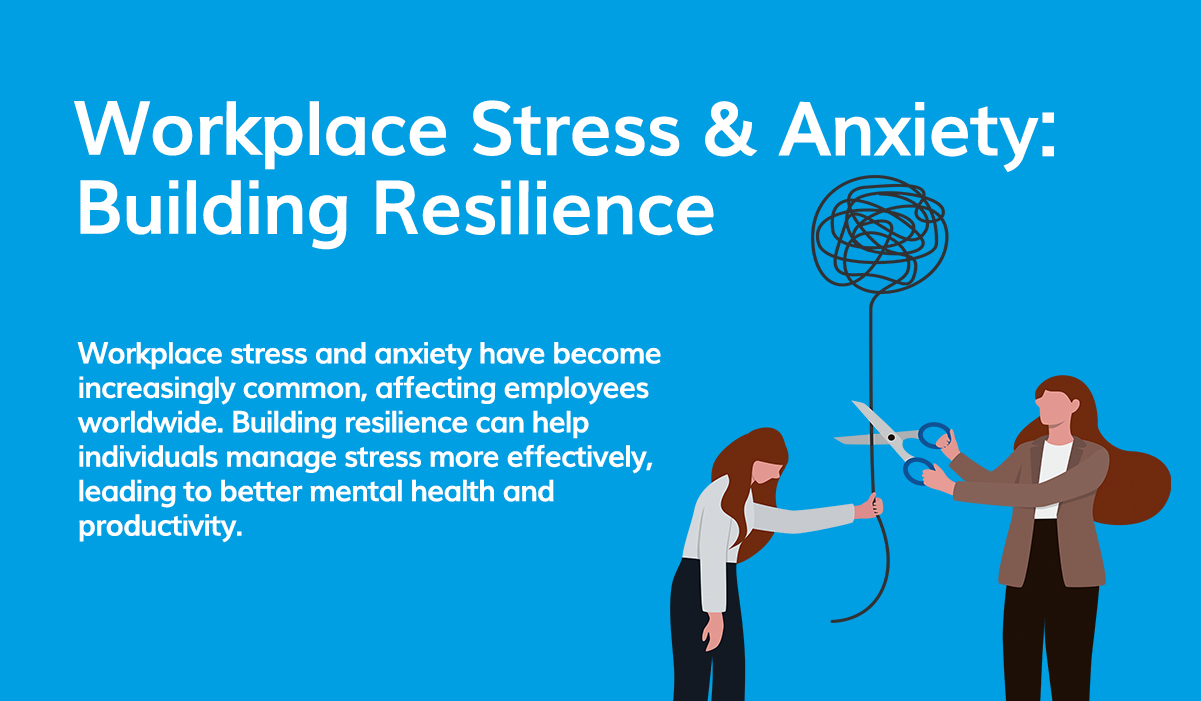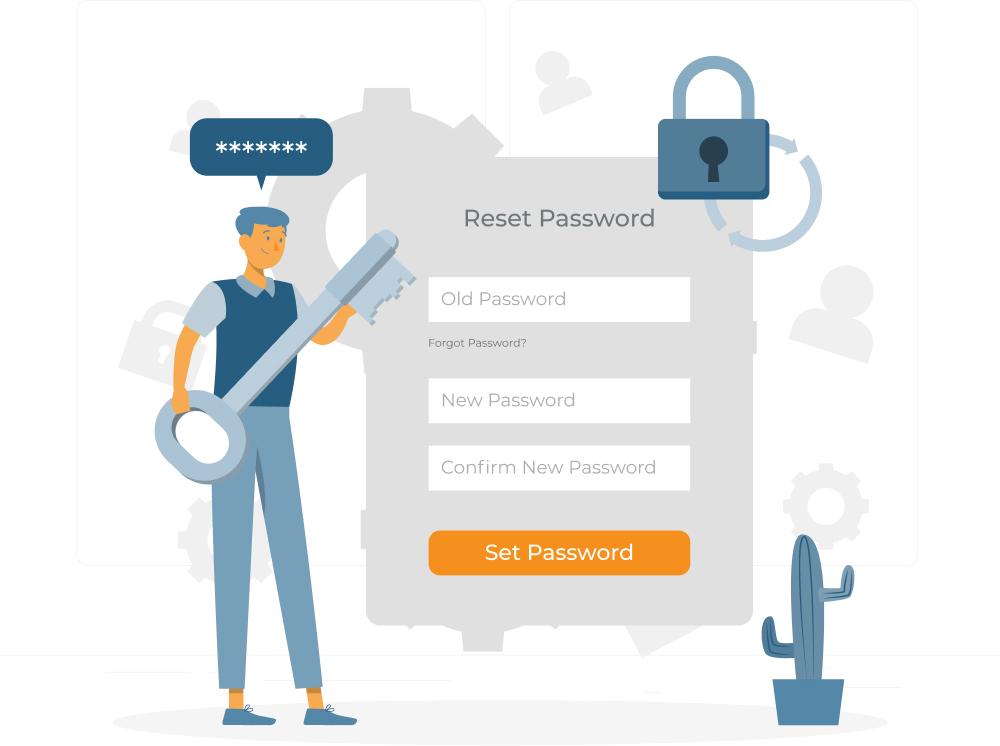Workplace stress and anxiety have become increasingly common, affecting employees worldwide. Gallup’s 2022 State of the Global Workplace report reveals that 80% of the global workforce experienced increased stress, 65% reported feeling sad, and 58% experienced anxiety in 2021 – an all-time high. How can one get a handle on this?
Building resilience can help individuals manage stress more effectively, leading to better mental health and productivity. In this article, we will explore strategies for building resilience and managing stress and anxiety in the workplace.
Acknowledge Your Feelings
The first step in coping with workplace stress and anxiety is to acknowledge your feelings. It is essential to recognise that stress and anxiety are normal responses to challenging situations. Suppressing your emotions can lead to more significant mental health problems. Instead, take a moment to recognise your feelings and accept that they are valid.
Talk to Your Employer
It can be challenging to discuss mental health with your employer, but it is essential to do so. The conversation can be uncomfortable, but it is necessary to communicate your concerns and seek support. Employers have a responsibility to provide a safe and healthy work environment, including mental health resources. It can be seen to, for example, if the workload is too much for your team and it is leaving an impact on your overall wellbeing. If your manager is not aware of the impact this is leaving on you, steps will not be taken to ensure it doesn’t happen.
Find a Support Network
Having a support network is essential for building resilience. This network can include friends, family, colleagues, or a mental health professional. Connecting with others can provide emotional support, advice, and guidance in coping with stress and anxiety.
Practice Self-Care
Self-care is vital for maintaining good mental health. It involves taking care of your physical, emotional, and mental well-being. This can include activities such as exercising, getting enough sleep, eating a healthy diet, and engaging in hobbies and activities that bring joy and fulfilment.
Set Realistic Goals
Setting realistic goals can help reduce stress and anxiety in the workplace. It is essential to prioritise tasks and break them down into manageable steps. This approach can help individuals feel more in control and reduce feelings of overwhelm.
Manage Your Time
Conjoined with the previous point, when one prioritises tasks and sets realistic goals, they are also managing their time. Time management is another crucial strategy for coping with stress and anxiety. This can involve using a to-do list, setting deadlines, and taking regular breaks.
Conclusion
Stress and anxiety in the workplace are significant challenges that require proactive measures. Leaders have a responsibility to provide a safe and healthy work environment, including mental health resources, particularly related to workplace issues. However, individuals also have a role to play in building resilience and managing stress and anxiety. All of the strategies above can all contribute to better mental health and productivity.
Do you have any strategies you’d like to share or thoughts on this subject? Share your thoughts with the KMP community by clicking here.


